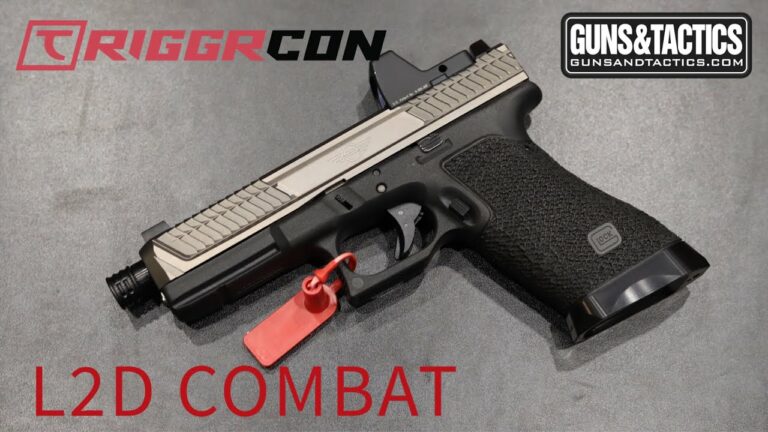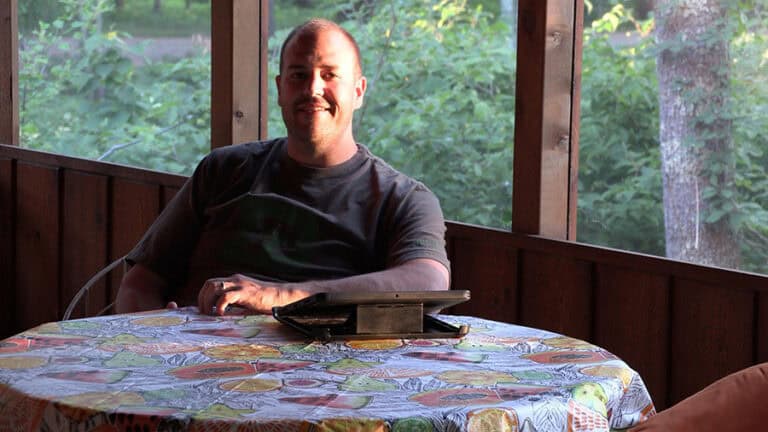TAG Precision—American-made RMR Plate for Kimber
For users of optics-ready Kimber 1911 and 2K11 pistols, TAG Precision has announced…
For users of optics-ready Kimber 1911 and 2K11 pistols, TAG Precision has announced…
Fountain Valley, CA—SureFire, LLC, manufacturer of the world’s finest—and most innovative—illumination tools and…
Shinenyx—creators of a cutting-edge fusion of digital night vision and thermal imaging technology—has…
All shooting is a balance between speed and precision. By that I mean you can…
The Mod-Navy Qual I’ve been doing this qual (or drill, or whatever the current nom…
• Built for road trips and off-road use• Manual transmission equipped• Wrapped in MultiCam Arctic…
Remembering the fallen warriors who have served our communities is an important part of patriotism in any country. In North America and the greater Commonwealth of Nations, two of the most popular ways in which this support is expressed is in the displaying of the red poppy and the yellow ribbon.
As with many traditions, the use of the red poppy grew from the popularization of a powerful poem that was written by a combat soldier actively engaged in battle. The author of the poem, Canadian Major John McCrae, was an artillery commander and medical doctor who had just lost a personal friend and fellow soldier, Lieutenant Alexis Helmer, to a German artillery shell in the Second Battle of Ypres in 1915. McCrae was asked to perform the burial service for Helmer and later that evening he wrote what would become the iconic poem “In Flanders Fields”.

In Flanders fields the poppies blow
Between the crosses, row on row,
That mark our place; and in the sky
The larks, still bravely singing, fly
Scarce heard amid the guns below.
We are the Dead. Short days ago
We lived, felt dawn, saw sunset glow,
Loved and were loved, and now we lie
In Flanders fields.
Take up our quarrel with the foe:
To you from failing hands we throw
The torch; be yours to hold it high.
If ye break faith with us who die
We shall not sleep, though poppies grow
In Flanders fields.
By: John McCrae
With the end of World War I at hand, in 1918 two volunteers working with the YMCA, the American Moina Michael and French Anna Guerin, met at a conference in New York and were inspired by the poem to initiate a fundraising campaign of wearing red poppies in remembrance of soldiers killed in the war.
Oh! you who sleep in Flanders Fields,
Sleep sweet – to rise anew!
We caught the torch you threw
And holding high, we keep the Faith
With All who died.
By Moina Michael
Michael and Guerin actively promoted the red poppy initiative to veterans’ associations including the British and American Legions which soon accepted it as an official symbol and quickly spread through the Commonwealth. As a fundraising tool for post-war efforts, artificial poppies were made – often by hand by disabled and rehabilitating veterans – and today are sold by the millions to support veterans’ programs.
The red poppy continues to be the primary symbol of Remembrance Day celebrated each year on the 11th of November in the over 50 sovereign states that form the Commonwealth of Nations including the United Kingdom, Canada, Australia, New Zealand, and more. The United States of America, however, associates red poppies with Memorial Day, which is observed on the last Monday of May each year. Instead, the US observes Veterans’ Day on November 11th and the popular symbol has become the yellow ribbon, usually worn on clothing or tied around a tree.
The origins of the yellow ribbon are a bit muddied but are certainly more recent than those of the red poppy. Claims to the rights of songs referencing yellow ribbons have been litigated and many assumptions have been made as to who originally started the trend. According to the Library of Congress, however, evidence points unanimously to the tradition’s origin as a means to welcome home a prisoner. One of the earliest popular uses of the yellow ribbon was in response to the Iran hostage crisis from 1980-1981, during which yellow ribbons adorned trees across the country in a sign of solidarity and support for the US citizens in captivity. Later in the Gulf War of 1991, the yellow ribbon again returned to the public eye as a reminder of those fighting abroad and waiting for their safe return home.

Today, communities across the western world will remember those who have fallen in wars past and who continue to fight for our countries today. No matter the tradition or symbols we choose for our communities, supporting those who fight for our nations is essential to our society’s strength and the preservation of our histories.
Joshua Haarbrink is a consultant and traveler with a diverse background including more than 10 years of experience in loss prevention, surveillance, security services and fugitive recovery, as well as various creative writing and editing projects and other unique professional adventures. He is a shooting enthusiast and regular contributor to Guns & Tactics Magazine.
![Optics Planet Cyber Monday Sale [2022]](https://un12magazine.com/wp-content/uploads/2022/11/Optics-Planet-Cyber-Week-Sales.jpg)
The deals at Optics Planet are not done yet. Check out the week long cyber sale going on. Tons of different options to save.

The new tube kits form the backbone of FrogLube’s kit line-up, now featuring a Basic Gun Cleaning Kit, a Pistol Cleaning Kit and a Universal Cleaning Kit.

TriggrCon 2017: Chris chats with L2D about their beautiful and highly functional slides, barrels and soon to be release triggers. L2D TriggrCon Find all of our TRIGGRCON coverage…

It’s that video where we answer your questions. The last Monday of the month, it’s time for the July 2020 QA. Plenty of questions this month, check it out.

It’s the end of the month once again and that means it’s time for the October 2021 QA session. The show where we answer your questions.

We are back for the QA. We talk about safety selectors, vises and tools, ear pro, bore sight, scope set up and more.
© 2025 UN12 Magazine
© 2025 UN12 Magazine
Wait! Don’t forget to